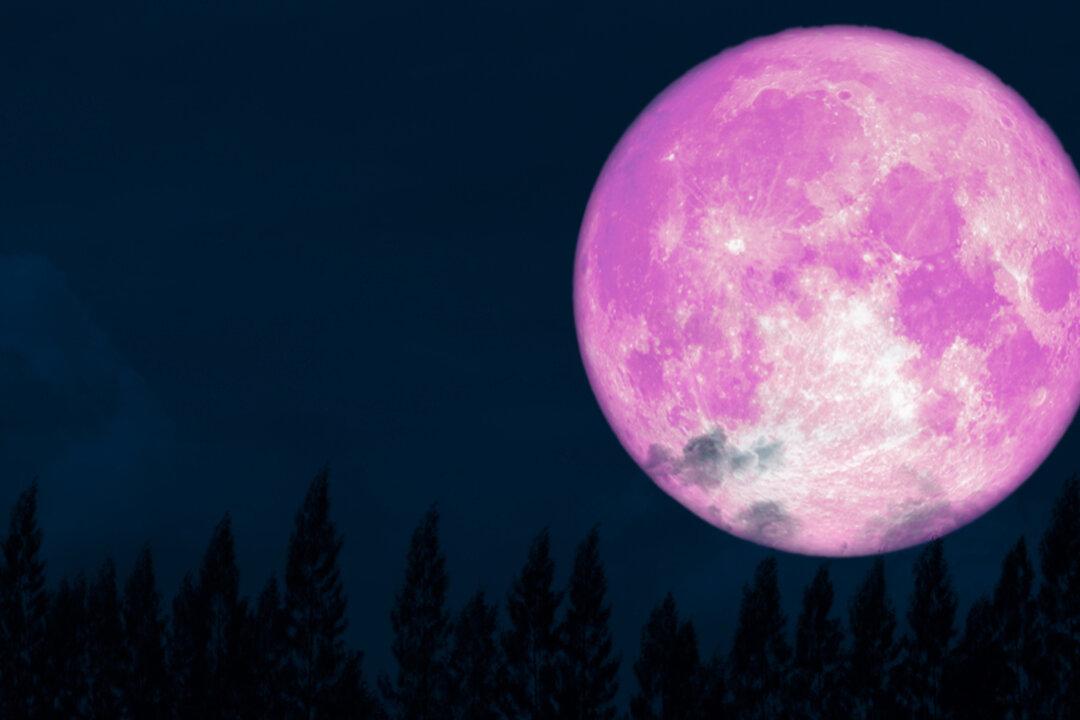The first full moon of the spring season is set to grace the night skies on April 7. The “Super Pink Moon” is being heralded by astronomers as potentially the biggest and brightest lunar event of 2020.
According to Space.com, a supermoon occurs when the moon comes into its fullest phase on the same night that it reaches perigee, its closest point to Earth in its elliptical orbit. A supermoon may appear up to 14 percent bigger and 30 percent brighter than a regular full moon, making it a lunar spectacle for the masses.





